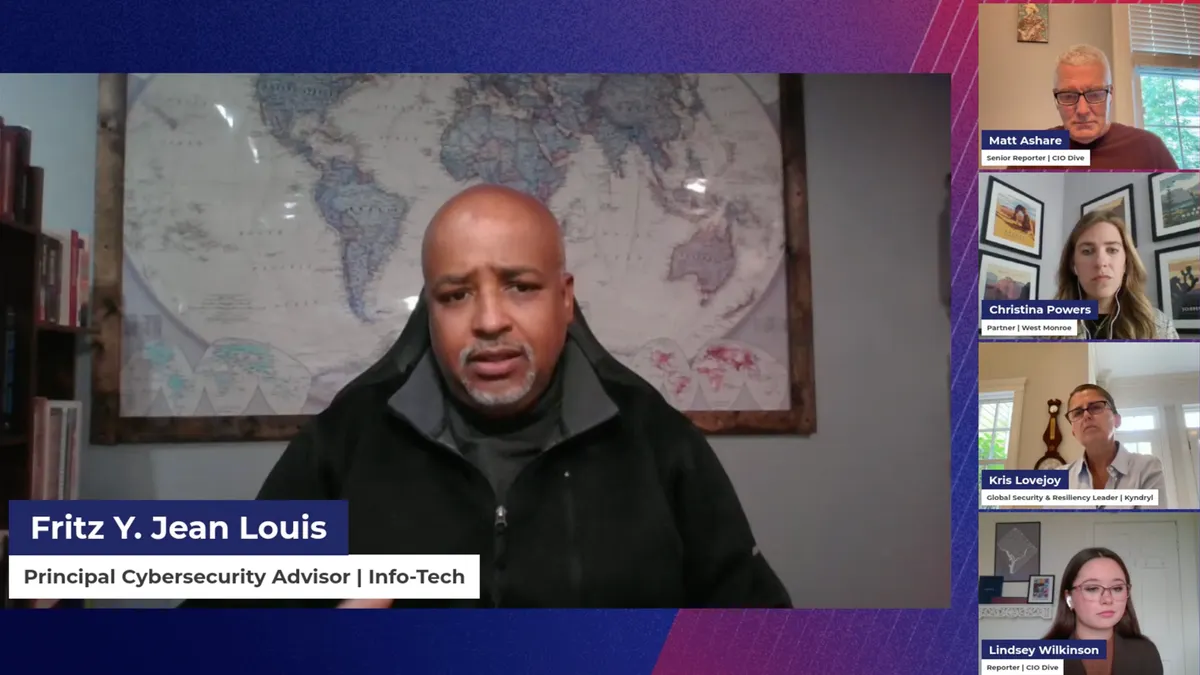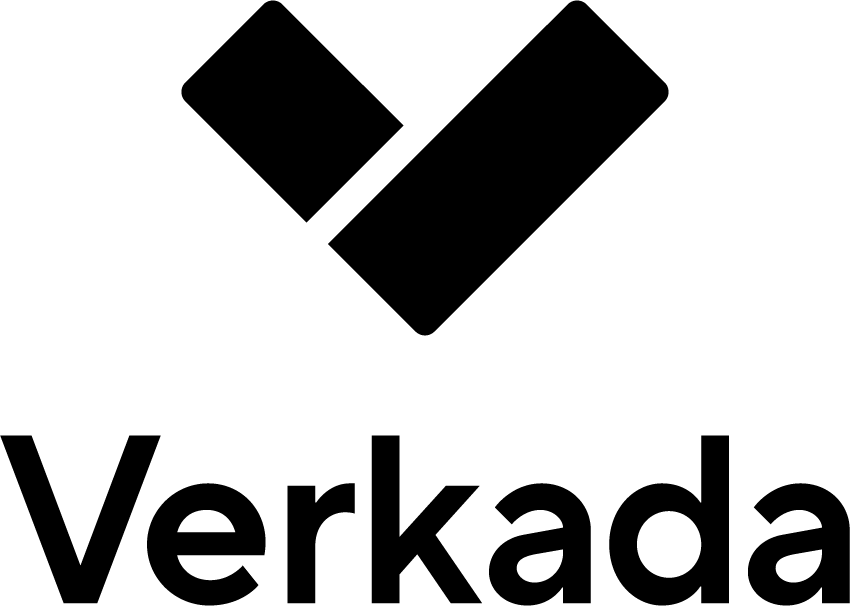CIOs are currently navigating a stormy sea, cutting through waves of global volatility, economic turbulence, tariffs and warp speed technological disruption.
When conditions are uncertain, planning becomes a major executive challenge.
CIOs preparing their spending plans for next year need to focus on three key areas, according to analysts CIO Dive spoke with: recalibrating AI strategies, cutting out waste and bolstering security spending.
IT spending is on the rise, driven in part by added AI features on existing software products. More than 4 in 5 companies increased IT spending in the last 12 months, and 85% expect increases again in the next year, according to West Monre data.
While higher budgets are a good thing for CIOs, the increases put IT spend under the microscope, said Nate Buniva, partner and M&A transformation leader at West Monroe.
“[Companies] want to keep IT costs low as any business would,” Buniva said. As a result, CIOs are “getting asked more questions and their budget is being looked into more closely, which means CIOs need to think strategically about their spend.”
That includes AI spend, he added, which has garnered broad C-level interest, as executives want to keep up with their peers. “While there is good intent behind that … it’s important that AI spend is spent in a way that has a measurable impact,” he said.
Alex Bakker, director of primary research at ISG, told CIO Dive that in 2026 he expects more coalescence across sectors in what AI projects have been worth the investment. While there have been some commonly proven use cases for AI — including call centers or research for sales and marketing — it’s still a new technology.
CIOs have not yet “had time to talk to their peers and say ‘this really worked for us, or this was great,’” Bakker said. “I’m waiting to see that start to happen, where CIOs are talking with each other … and start to have organizations converge on a couple of things that definitely work.”
Simplified approach
To effectively moderate spending, CIOs should go back to basics.
Strategies can include application and vendor management, an area that can easily go out of control, Buniva said. “CIOs should review areas of tool overlap, including productivity or collaboration suites.
Poor vendor management, lack of spend controls, or departments going rogue and buying their own tools can lead to excessive software provisioning. But it’s also a problem that sprouts from companies that grow through acquisitions.
Cloud spend is another area to review as budgets come together. CIOs can renegotiate with bigger vendors and find the right renewal period, Buniva said. While a vendor might want a three- to five-year renewal period, CIOs can opt for a one-year renewal if they're not ready to commit to a strategy or provider, he said. Companies can also agree to multiyear renewals, or more volume, for a better price.
“That’s the homework that has to be done and should be done during the budgeting process,” Buniva said.
Timing cybersecurity spend
Along with AI spend being a priority, CIOs are also looking at security and risk, said Greg Zorella, principal analyst at Forrester. According to the firm’s Budget Planning Guide 2026: Technology Executives report, 43% of technology decision-makers plan to increase IT security and research spending in excess of inflation.
This spend includes not just traditional cybersecurity training and defenses, but also focuses on the potential threats from quantum-fueled attacks.
“We’re seeing that the discussion around quantum is moving from a distant future discussion to a not-so-distant future discussion,” Zorella said.
According to a Unisys report, 71% of leaders said their cyber defenses were not enough to withstand the challenges posed by quantum cryptography incursions. Earlier this year, IBM pledged $150 billion towards U.S.-based manufacturing and research, including $30 billion for domestic and quantum mainframe computing.
For the 2026 budget process, CIOs should consider whether to refresh now or wait until more quantum-ready hardware is available, Zorella said.














